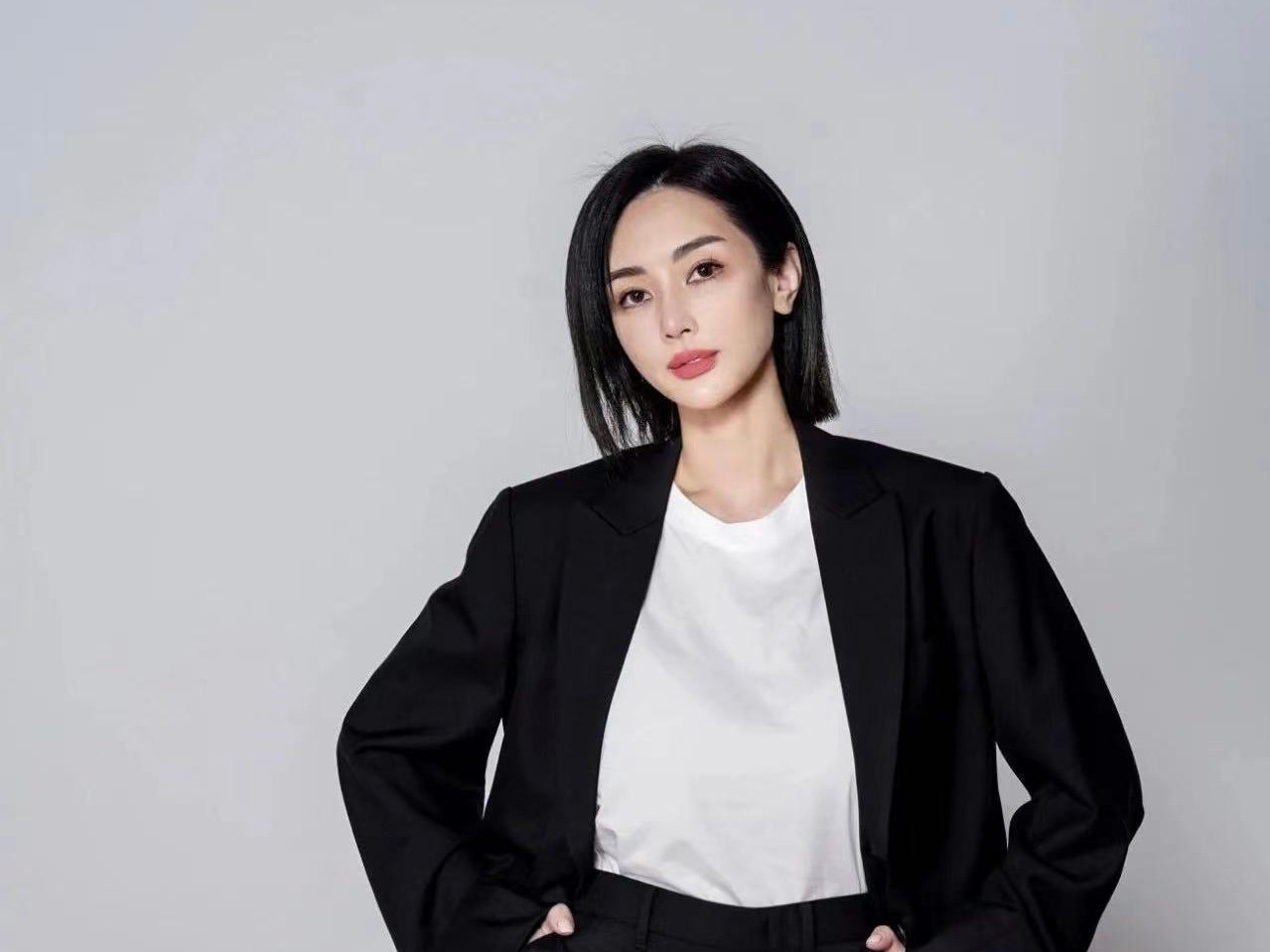
The View From is excerpted from The Asia Pivot, Artnet Pro’s biweekly members-only newsletter providing mission-critical analysis, insights, and exclusive intelligence on developments in Asia’s art markets, with a focus on business opportunities and challenges. Subscribe here to receive it directly to your inbox.
Two months after it announced plans to launch a fair in Hong Kong, the Shanghai-based ART021 Group has revealed the dates and details of the event.
The inaugural ART021 Hong Kong Contemporary Art Fair will run from August 28 to September 8, and be supported by the Mega Arts and Cultural Events Fund (Mega ACE Fund), under the Culture, Sports and Tourism Bureau of the Hong Kong Special Administrative Region Government.
The fair is adopting an unconventional format, and contrary to rumors, will not be staged at the Hong Kong Convention and Exhibition Center, the home of Art Basel Hong Kong. Instead, ART021 Hong Kong will span multiple city locations in collaboration with local partners. Exhibitors will be able to participate only by invitation.
The main Galleries section will be hosted at Phillips’s Asia headquarters in the WKCDA Tower at West Kowloon Cultural District from August 29 to September 1. Concurrently, the Video section will take place at the Asia Society Hong Kong Center. A section called Expansion, featuring live performances, forums, and other projects, will be co-organized with the Fringe Club, which previously hosted the inaugural Supper Club art fair. Additionally, public programs, including the Sculpture section, will be showcased at Victoria Park and Fringe Club over 12 consecutive days.
Beyond Hong Kong, the event will also be part of an art week that includes galleries and institutions from the Guangdong–Hong Kong–Macao Greater Bay Area.
Last month, ART021’s co-founder, Kylie Ying, spoke to Artnet’s Cathy Fan about her firm’s ambitious new venture. The following interview was originally published in the Artnet Pro newsletter The Asia Pivot on May 25.
Phillips’s new Asia headquarters in Hong Kong’s West Kowloon district. Courtesy of Phillips.
Organizing art fairs is currently quite challenging. Mega fairs already have fixed models, making it hard to pivot and adjust. On the other hand, smaller regional fairs find it difficult to expand. We have communicated with fair colleagues in the Middle East and Southeast Asia, and we share a common concern: It is difficult to venture out and bring in new cultures. There are still barriers between the aesthetics of different regions.
We aim to debut the upcoming ART021 Hong Kong Fair in a new format, combining a gallery week with a biennale. By trying traditional formats in various new scenarios and spaces, we seek to link Hong Kong and the Guangdong-Hong Kong-Macao Greater Bay Area, presenting diverse content in different contexts. Our work goes beyond organizing a fair; it includes expanding our scope, promoting the city, and interacting with the public. We hope visitors will gain a deep understanding of the local area.
This is an ambitious and challenging endeavor. To truly integrate locally, we need to communicate humbly and sincerely with local institutions and practitioners. This process is challenging, but our team’s spirit of innovation has impressed the local government and led to our collaboration.
Fringe Club. Courtesy of Fringe Club
Western art fairs have decades of experience and are quite mature. When entering Asia, they often adopt a “parachuting in” approach. With only 10 years of experience, our local Chinese team aims to see how the wider Chinese-speaking world and the rest of Asia accept contemporary art and engage in more exchanges. We don’t want to limit ourselves to mainland China; we want to go further and use our cultural heritage to make an impact.
The first year of the ART021 Hong Kong Fair will be by invitation only. Our goal is to explore the Global South, rather than continuing a Euro-American-centric exhibition. We aim to present an art fair that explores the contemporary art scene in the pan-Asian region, offering everyone an exciting adventure of discovering a new continent.
As organizers of a local art fair in Asia, this year we want to explore the cultures and arts of the Middle East, West Asia, and India. The “Global South” is also the main concept of our new Hong Kong fair. Few people truly understand these regions, yet they have many brilliant emerging artists. So, are we worried about aesthetic distances when introducing artists from different regions to Hong Kong? We must acknowledge its existence, but many artists’ works share a common international language. By spending time to understand and see more, we realize that the underlying universe and philosophy are indeed connected. We often hear about “East-West exchanges,” but Asian regions also need more inter-regional exchanges because each country and region has significant cultural differences but also similar cultural foundations. Exchanges between countries and regions need to be promoted from the top down.
Optimistically, moving forward, with more young professionals and collectors with international perspectives, such effective exchanges and integrations will increase.